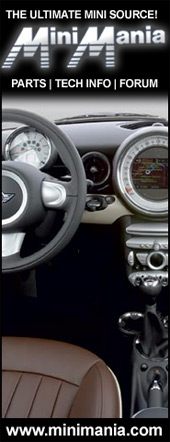The Aardvark was hand built in Southern California during '51 & '52 by John Porter. All the mechanical components are from a "Panhard Junior" while the body is built of hand roller aluminum and a fiberglass nose panel.
The Aardvark is a front engine, front wheel drive car that weights less than a 1,000 pounds with the entire engine and tranny in front of the front wheels.
The engine is a Panhard 850cc, opposed flat 2 cylinder with a roller bearing crankshaft and "torsion bar" valve springs. This is the engine that powered many of the "Index of Performance" winners at LeMans for many years!
The car was designed to compete in the very popular "H-Mod" class and ran extensively throughout California including Pamona, Torrey Pines, Paramount Ranch, Golden Gate park, Riverside, etc. until 1966 when it disappeared. It was heard of as being in Florida for a few years, but was discovered abandoned in a field in southern California where it was said to have been for the previous 10 years. The car was restored 20+ years ago by its present owner to as close to as possible the original intent =
"A little Aardvark never hurt anyone"
In the late ‘70’s when I decided to get back into racing- I thought it had to be naturally in a Mini Cooper. Much to my surprise I found that any local Vintage clubs would not accept such a common car. It was in fact still being actively raced in SCCA national racing. I struggled with this as not only been the bulk of my experience been in a Mini but front wheel drive cars are what I have always felt most comfortable with.
After I accepted the fact, I spent a little time looking around at other options. I discovered a car not know by many here in the USA but would for sure fill both my desire for front wheel drive and be eligibly for all Vintage racing. The car was a Deutch Bonnet. This was a very famous make in France as they had been Index of Performance at LeMans for number of years with purpose built sports racers. As many companies of the day did, they also built a road going sedan to not only make a similar effort at LeMans but to sell to the public. The sedan indeed also won at LeMans and was as successful in the marketplace as any of the very small, hand built cars of the day. The body and chassis was of their own design but the power plant was from the large scale production ‘Panhard’. These two cylinder engines were designed for economy and simplicity. The Panhard range of cars extended from sedans to trucks. There was even a tank built with a bank of these two cylinder horizontally opposed engines ganged together to form a 12 cylinder power house!
Subscribe to:
Post Comments (Atom)

No comments:
Post a Comment